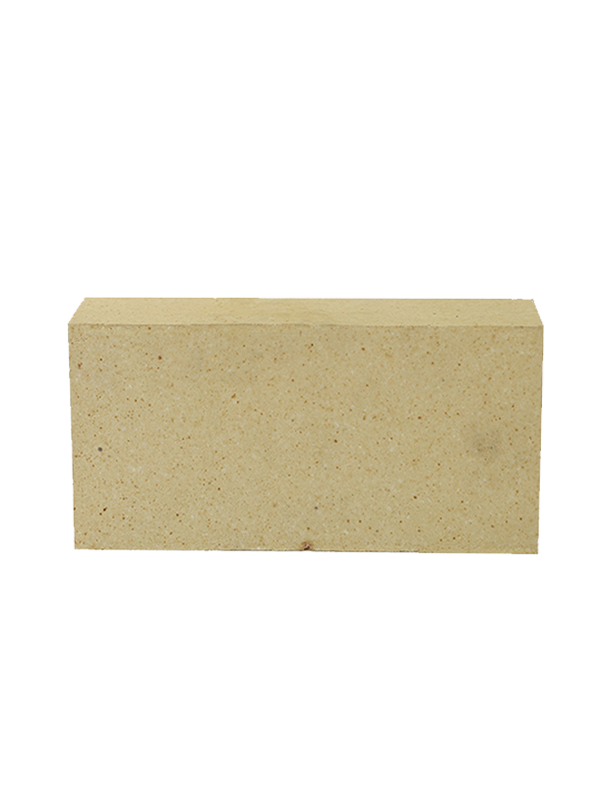Address
No.108 Huaguang Road,Zibo City,Shandong Province,China
Work Hours
Monday to Friday: 9AM - 5PM
Address
No.108 Huaguang Road,Zibo City,Shandong Province,China
Work Hours
Monday to Friday: 9AM - 5PM

High-alumina bricks are essential refractory materials with varying Al₂O₃ content (48%–90+%), determining their thermal stability, strength, and corrosion resistance.
High-alumina bricks represent one of the most versatile and widely used refractory materials in high-temperature industrial processes. What makes these bricks particularly interesting is how their alumina (Al₂O₃) content – typically ranging from 48% to over 90% – fundamentally determines their performance characteristics and suitability for different applications. This variation in composition leads to significant differences in thermal stability, mechanical strength, and chemical resistance, making the understanding of alumina content crucial for proper material selection in industrial settings.
At their core, high-alumina bricks are ceramic materials composed primarily of alumina and silica (SiO₂), with the balance between these two components being the key determinant of their properties. As the alumina content increases, several critical performance characteristics undergo notable changes:
One of the most critical yet often misunderstood properties is thermal shock resistance. This characteristic doesn’t simply increase or decrease with alumina content, but rather follows a complex relationship tied to the material’s microstructure.
In lower alumina bricks (48-60% Al₂O₃), the higher silica content creates more glassy phases in the matrix. While this might seem detrimental, these phases can actually help absorb thermal stress through viscous flow at elevated temperatures. However, the trade-off comes in reduced mechanical strength and chemical resistance.
As we move to the medium alumina range (60-75%), mullite (3Al₂O₃·2SiO₂) becomes the dominant phase. This crystalline structure provides an excellent balance – the interlocking mullite crystals create a tough microstructure that can withstand repeated thermal cycling while maintaining good strength. Many steel ladle applications favor this composition specifically for this reason.
At the highest alumina levels (>85%), the microstructure becomes predominantly corundum (α-Al₂O₃). While this offers exceptional refractoriness and chemical resistance, the lack of accommodating phases makes these bricks more susceptible to thermal shock damage. Engineers compensate for this through careful brick design, including controlled porosity and sometimes the addition of microcrack-inducing additives.
The choice of alumina content must always consider the specific service conditions:
Steel Industry Applications
In electric arc furnaces, where both high temperatures and chemical corrosion from basic slags are concerns, 70-80% alumina bricks provide the best balance. The lining of ladles, subject to thermal cycling, often uses 60-70% alumina compositions for better thermal shock resistance.
Petrochemical Industry
Cracking furnaces and reformers, which face extreme temperatures coupled with chemical attack, typically require 80-90% alumina bricks. The higher initial cost is justified by significantly extended service life in these harsh conditions.
Cement Production
Rotary kiln transition zones, where both thermal cycling and chemical attack occur, often use specially designed 60-70% alumina bricks with additives to enhance performance.
The selection of high-alumina bricks represents a complex engineering decision that must balance thermal, mechanical, and chemical requirements against economic considerations. While higher alumina content generally improves refractoriness and chemical resistance, it doesn’t always translate to better overall performance. The medium-alumina range often provides the most cost-effective solution for many industrial applications, demonstrating that understanding the nuanced relationship between composition and properties is key to optimal refractory selection. Future developments in refractory technology continue to refine these relationships, offering ever-better solutions for industry’s high-temperature processing needs、